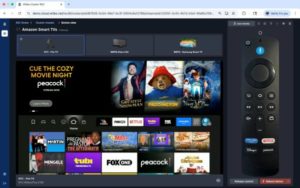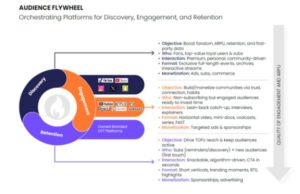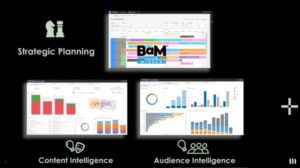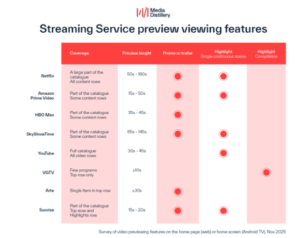
The media landscape is undergoing a seismic shift. Consumer expectations have evolved, demanding diverse content, accessible anytime and anywhere, on a multitude of devices. This surge in demand, coupled with advancements in technology like cloud infrastructure and edge computing, has revolutionized how media is produced and distributed. While these changes present exciting opportunities, they also pose significant challenges for content providers striving to balance high-quality viewer experiences with operational efficiency and sustainability.
Historically, the transition to IP and cloud-based systems has empowered media companies with increased flexibility and scalability. However, many still rely on legacy technologies and disparate systems, leading to operational silos that hinder efficiency and increase resource consumption. This fragmented approach not only makes it difficult to maintain the quality of viewer experiences but also contributes to unnecessary energy consumption and waste.

The solution lies in adopting a unified, software-based monitoring approach that integrates various aspects of media operations. This comprehensive strategy, encompassing end-to-end monitoring, real-time alerting, deep troubleshooting, and extensive analytics, can revolutionize how content providers operate, leading to significant improvements in efficiency and sustainability.
Key enablers of efficiency and sustainability
Unified monitoring: A software-based IP monitoring platform, such as the one offered by TAG Video Systems, facilitates real-time monitoring of the entire media ecosystem. This comprehensive approach empowers content providers to proactively identify and address potential issues, optimize workflows, and ensure seamless content delivery. By consolidating monitoring functions into a single platform, companies can eliminate redundancies, reduce manual intervention, and improve overall operational efficiency.
Real-time alerting: Immediate notification of anomalies or potential issues, like network disruptions or spikes in traffic, enables quick, real-time action to prevent service disruptions. Real-time alerting systems can be integrated with automated remediation tools to address common problems automatically, further reducing downtime and minimizing the impact on viewer experiences. By staying ahead of potential problems, content providers can maintain high service levels while optimizing resource utilization.
Deep troubleshooting: When issues do arise, having the ability to quickly and accurately diagnose the root cause is crucial. Deep troubleshooting tools that gather data from multiple points in the media workflow provide valuable insights into the origin and nature of problems. This enables engineers to address issues at their source, minimizing downtime and preventing recurring problems. Efficient troubleshooting contributes to a more stable and reliable media delivery infrastructure.
Extensive analytics: Data-driven insights are key to optimizing media operations. Customizable reporting and analytics tools empower content providers to visualize performance trends, identify bottlenecks, and make informed decisions about resource allocation. Integrating AI-powered analytics can further enhance this process by automating data analysis, uncovering hidden patterns, and predicting potential issues before they impact viewers. By leveraging data effectively, companies can continuously improve their operations and make data-driven decisions that enhance both efficiency and sustainability.
Streamlined operations: Monitoring by exception, adaptive monitoring tools, and intelligent consolidation of potentially problematic channels enable operators to focus on critical issues. This streamlined approach reduces the need for constant manual supervision, allowing teams to allocate resources more effectively. By automating routine tasks and prioritizing critical alerts, content providers can achieve higher operational efficiency with leaner teams.
Hybrid deployment support: The cloud offers numerous advantages for media workflows, including scalability, access to AI and ML-driven automation, and cost savings. Monitoring systems that support hybrid environments, combining on-prem and cloud resources, give content providers the flexibility to adapt to changing business needs while optimizing infrastructure costs. This adaptability is crucial for remaining competitive in a rapidly evolving media landscape.
The transformational impact
The adoption of a unified approach to monitoring and managing media operations can lead to a transformative impact on efficiency and sustainability. By maximizing resource utilization, scaling operations to meet fluctuating demand, and embracing new technologies, content providers can deliver high-quality viewer experiences while minimizing their environmental footprint.
Furthermore, this approach fosters a culture of continuous improvement, where data-driven insights guide decision-making and innovation. As the media landscape continues to evolve, companies that embrace these principles will be well-positioned to thrive while contributing to a more sustainable future.
Ready to streamline your media operations? Take the first step with our free trial today: https://tagvs.com/tag-trial/









